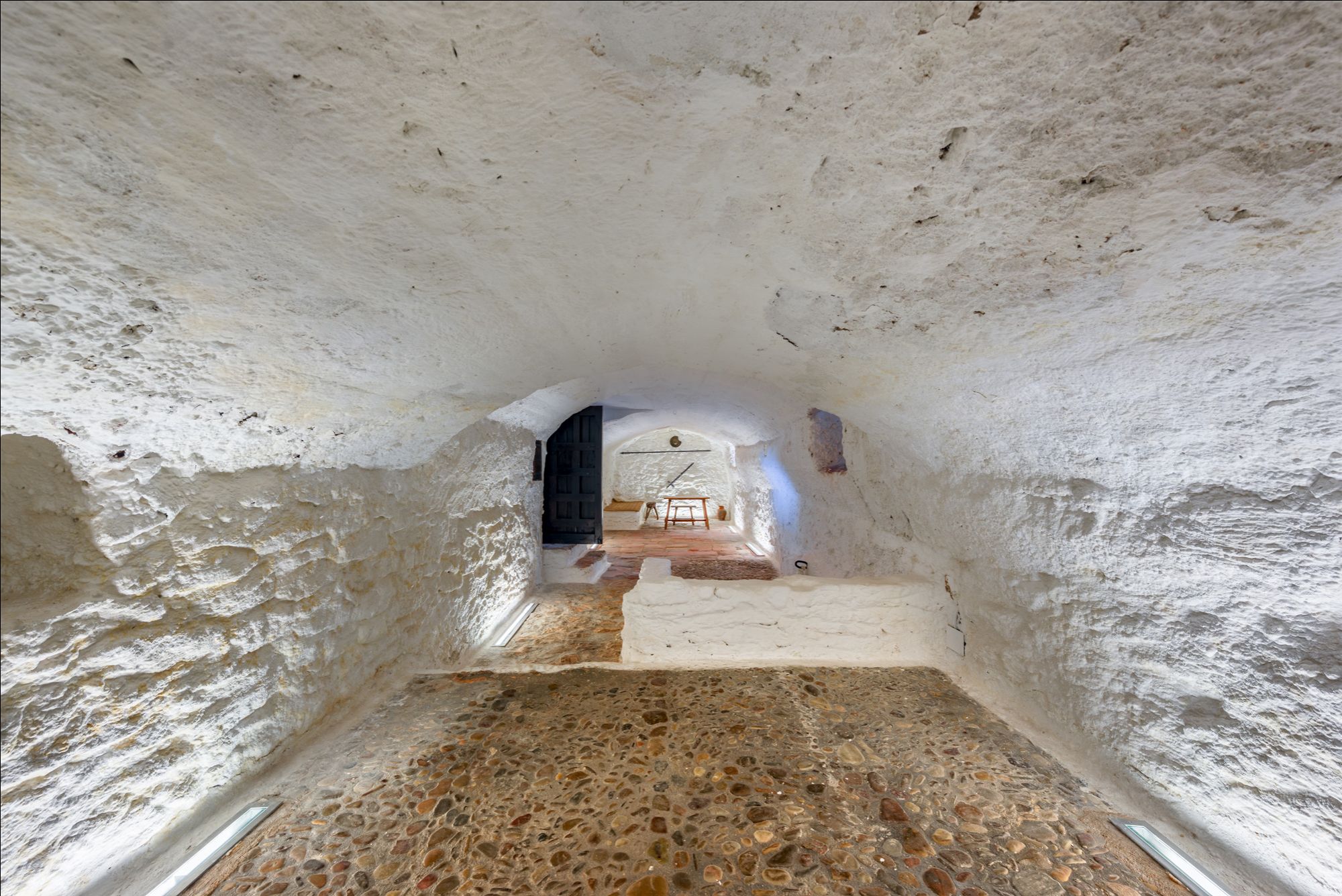The essence of the Quixote universe. Argamasilla, El Toboso and Mota del Cuervo
Ciudad Real, Toledo, Cuenca
Argamasilla de Alba

Argamasilla de Alba

Argamasilla de Alba
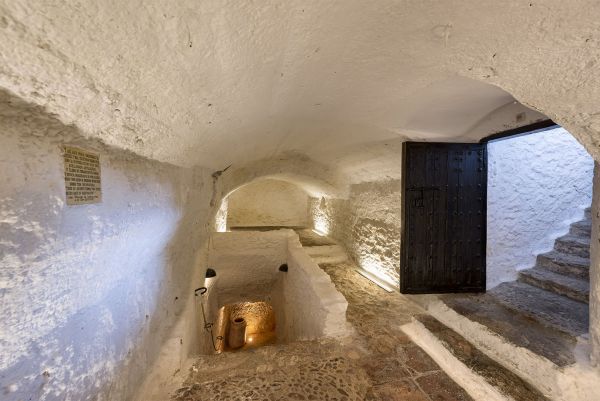
Argamasilla de Alba

Argamasilla de Alba (Peñarroya Castle and Reservoir)

Argamasilla de Alba (Parish Church of Saint John the Baptist)
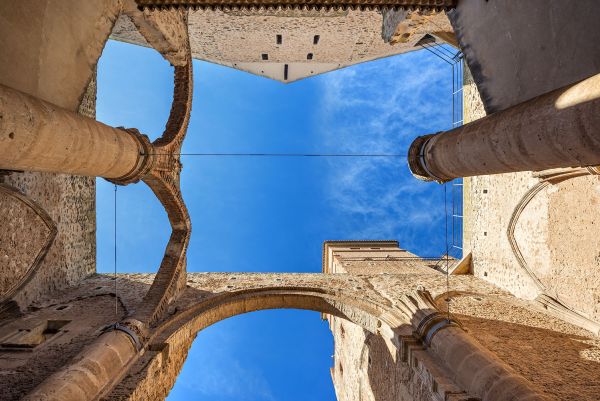
Argamasilla de Alba
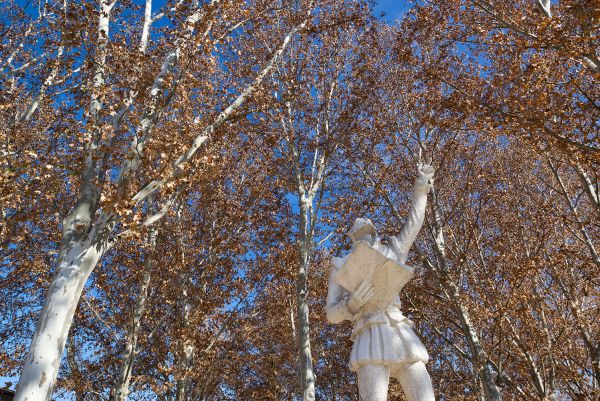
Argamasilla de Alba
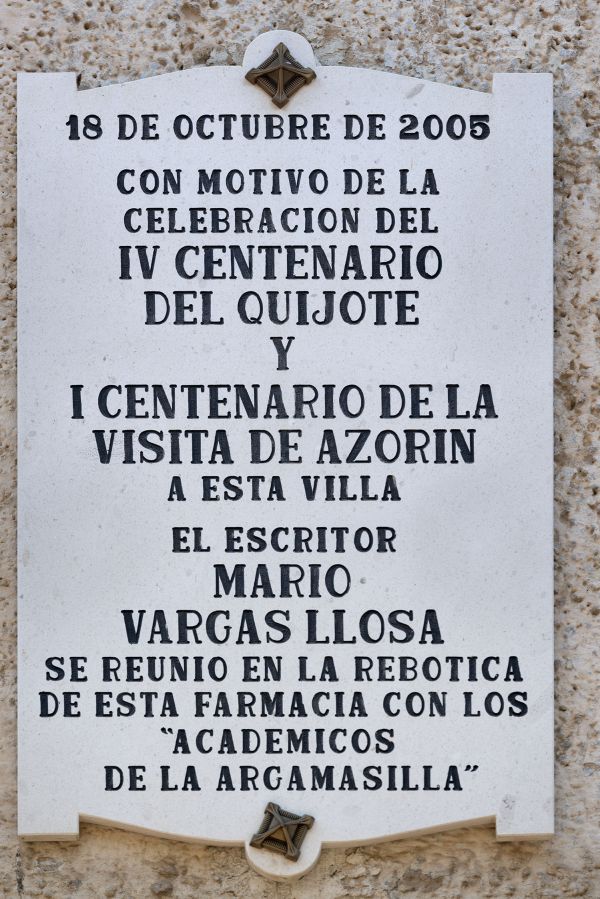
Argamasilla de Alba (Peñarroya Castle and Reservoir)
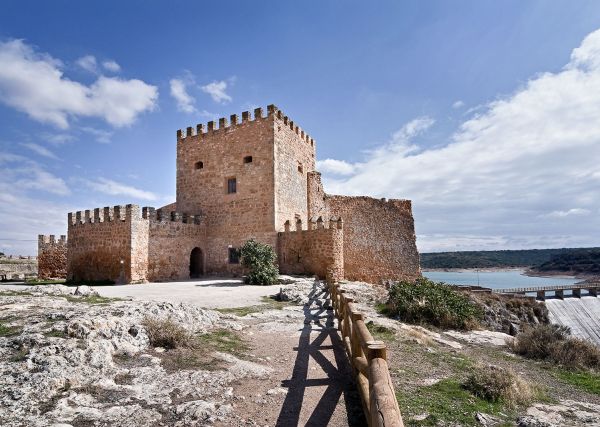
Mota del Cuervo

Mota del Cuervo

El Toboso (Cervantes Museum)

El Toboso (Graphic Humour Museum)

El Toboso (Trinitarian Museum)
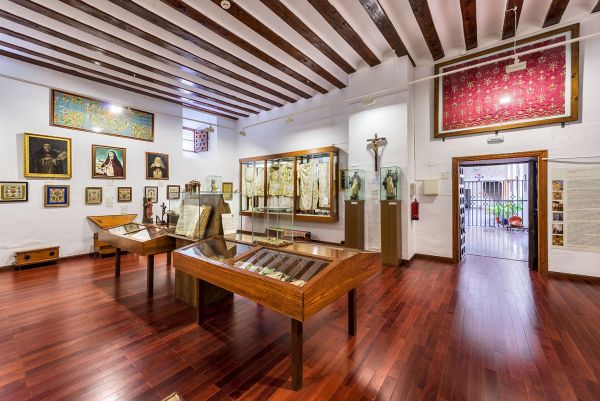
El Toboso (Dulcinea’s House)

El Toboso

El Toboso (Dulcinea’s House)

El Toboso (Dulcinea’s House)

El Toboso (Dulcinea’s House)

Mota del Cuervo
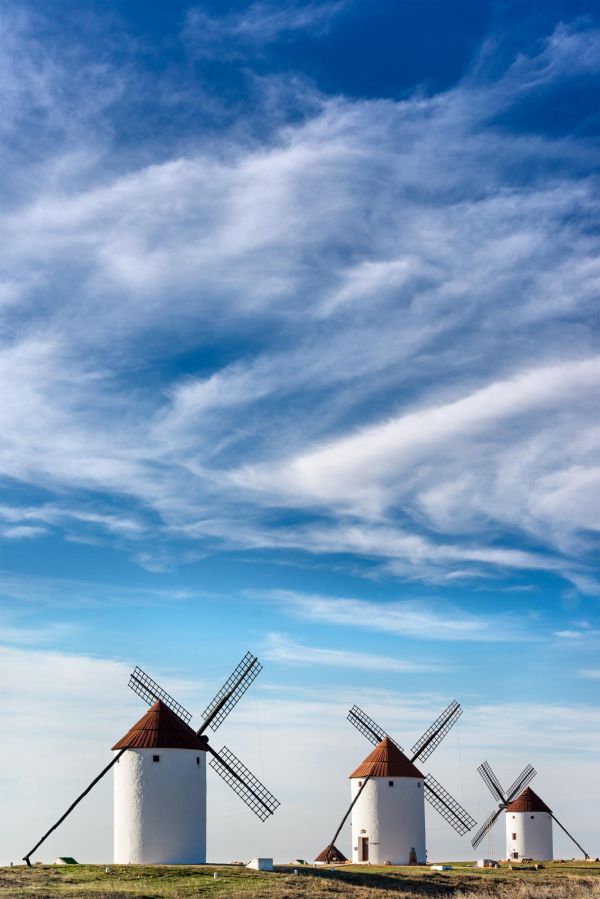
Mota del Cuervo

Mota del Cuervo

Let’s go back to where it all started: at Argamasilla de Alba, considered to be the place Cervantes didn’t want to remember in the first paragraph of El Quixote. We are in the Campo de San Juan, in the heart of La Mancha.
The town has a major array of civil and religious buildings; the Pósito de La Tercia (17th century), presiding over the Marqués de Casa Pacheco square, used for tourism and cultural purposes; a few metres away, in the Alonso Quijano square, the famous Botica de los Académicos (apothecary of the academics). The Parish Church of St. John the Baptist (16th century) will surprise us through its “discovery”: a large, unfinished space at the foot of the temple.
However, the most visited spot is certainly the Casa Cueva Medrano (Medrano House and Cave), currently the Municipal Library and Tourist Office: this place was Miguel de Cervantes’ prison and whose walls started his work. Nearby, there is the Casa del Bachiller, a fine example of a Castilian home from La Mancha, located at No. 1 of Calle Académicos and where, according to legend, the Bachelor Sansón Carrasco lived, a friend of Quixote’s family who appears in several sections of the book.
Just 15 km from Argamasilla, don’t miss the Peñarroya castle and lake. The castle is strategically located on a cliff (now the dam reservoir) and together, fort and lake, create a beautiful picture as the entrance to the Lagunas de Ruidera Natural Park.
Dulcinea territory. The cradle of love. El Toboso. Don Quixote’s sighs, dedications, endeavours and messages to his loved one were sent to this beautiful corner of the Toledo region. A town oozing with Quixotic symbols.
The stroll takes us through traditional La Mancha alleyways and squares, between low-walled houses with plastered walls contrasting with the reddish stone of the more monumental constructions.
The highlights among these buildings include the round church of San Antonio Abad; the Trinitarias Recoletas convent (17th century), simple and austere, which is home to a museum with an impressive collection of paintings and images from the 17th century Spanish school, embroidered in gold; the Convent of the Poor Clares, where the cream pastries (‘pelusas’) and famous whims of Dulcinea were made, delicious and typical of the town...
However, one of the main attractions is the House of Dulcinea. Reproduction of a traditional farming mansion (certainly belonging to affluent farmworkers), the legend goes that it belonged to Ana María Martínez Zarco de Morales, who inspired Cervantes in the literary construction of his character Dulcinea. Inside, there is a museum featuring tools with ethnographic value and used daily in contemporary La Mancha life (the kitchen with its belongings, a bedroom, etc.). We recommend pausing in the adobe loft, the cellar, the mill and the large olive oil press installed in the courtyard.
In front of the City Hall building, a large, reddish stone mansion houses the Cervantine Museum offering visitors editions of every kind of El Quixote published in every language imaginable: Esperanto, Dog Latin, Arabic, Hebrew, Chinese, Russian, Icelandic, Korean, etc. making up a collection of over 700 copies, many of which are signed by politicians and intellectuals from every corner of the planet.
The Quixotic “trilogy” of El Toboso is completed by visiting the Dulcinea Cartoon Museum, home to works by the leading Spanish cartoonists lent by the cartoonist José L. Martín Mena. The museum features works by Mingote, Peridis, Mendi, Chumy Chúmez, Almarza, Alfredo, Ballesta and Madrigal.
The Cervantes Festival is April is the perfect time to visit El Toboso.
Mota del Cuervo is noteworthy due to a little hill –the balcony of La Mancha– with seven spectacular windmills, a symbol of these lands and an icon of the Cervantes universe.
Three of the windmills can be visited; the Tourist Information Office is located in El Gigante windmill.
The whole old town is awash with stately houses from the 17th, 18th and 19th centuries, with coats of arms on the access doors, which shows the importance of Mota del Cuervo throughout its history.
May also be of interest to you
Castilla-La Mancha Tourism in 2023. All rights reserved.

 365
365
